History suggests that measles is a zoonotic disease that first emerged in human beings sometime between 500 and 1200 A.D. In the centuries since, the world has seen numerous measles epidemics that have claimed untold numbers of lives. Measles has been so deadly in some places that, if you had told doctors 100 years ago that the measles virus would eventually go on to improve human health, they would have thought you were crazy. Well, guess what? It turns out to be true.
Researchers at the Mayo Clinic have discovered a way of producing better and more reliable pluripotent stem cells using a modified form of the measles virus. They chose measles as the carrier of their new system for the simple fact that medical science has been using it for such purposes for decades.
It turns out that the measles virus can be modified to remove all of its harmful properties and then used as a carrier for certain kinds of treatments. Known as a vector, the modified virus can help facilitate treatments safely, quickly, and with very targeted results.
Measles and Stem Cell Treatments
When it comes to investigating stem cell treatments, researchers are focusing a lot of their efforts on pluripotent stem cells. These are stem cells that can differentiate into any of the three germ layers: endoderm, mesoderm, and ectoderm. The problem with pluripotent stem cells is that they are incredibly difficult to come by through natural means. So researchers create induced pluripotent stem cells instead.
An induced pluripotent stem cell starts out as an adult somatic cell that is induced, through the introduction of four factors, to become pluripotent. The potential of induced pluripotency holds a lot of promise for eventually harvesting adult somatic cells en masse, and then using those cells to grow all sorts of tissue.
The main difficulty here is that using four different vectors to induce the change complicates the process. And because there is no guarantee that all of the cells being exposed in a given run will receive each of the four vectors equally and in the right order, not all of the cells actually succeed in making the transition to pluripotency.
Mayo Clinic researchers believe they have solved that problem with the measles vector. The vector replaces the other four vectors now being used to induce pluripotency. This reduces a four-step process to a single step, increasing efficiency and virtually guaranteeing that all of the cells in a single run do become pluripotent.
Better Stem Cell Treatments
The net effect of the Mayo Clinic research is one of creating better stem cell treatments by making more pluripotent stem cells available for more applications. For the sake of discussion, let us assume the researchers’ discovery proves both repeatable and marketable. We would suddenly have the ability to create incredibly large volumes of pluripotent stem cells through a process that requires comparably little effort.
This could create a whole new market for pluripotent stem cells that would undoubtedly encourage more research into all sorts of therapies. We are talking stem cell treatments for cancer, dementia related diseases, cardiovascular disease, autoimmune disease, trauma, and on and on.
Time will tell if the Mayo Clinic researchers are on to something valid. In the meantime, our goal here at the Advanced Regenerative Medicine Institute is to continue teaching clinicians how to use both PRP and stem cell therapies as a treatment for chronic pain, osteoarthritis, musculoskeletal injuries, hair loss, and aesthetic medicine. Training clinicians is our contribution to better stem cell treatments that improve the lives of patients.
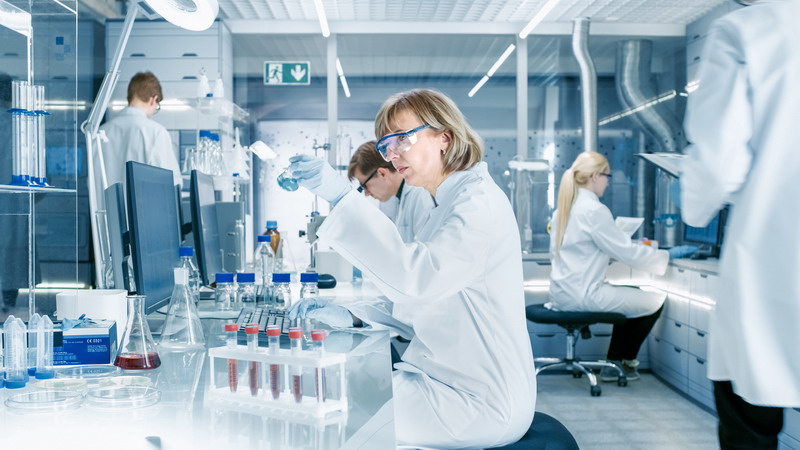
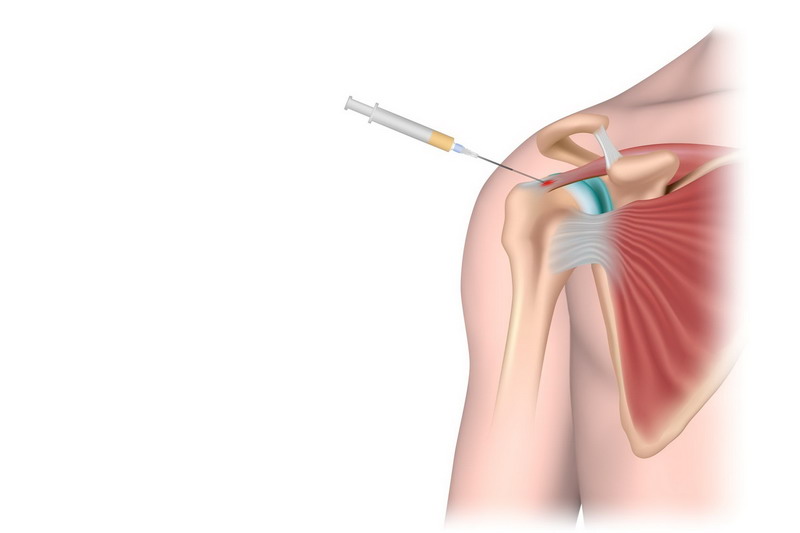
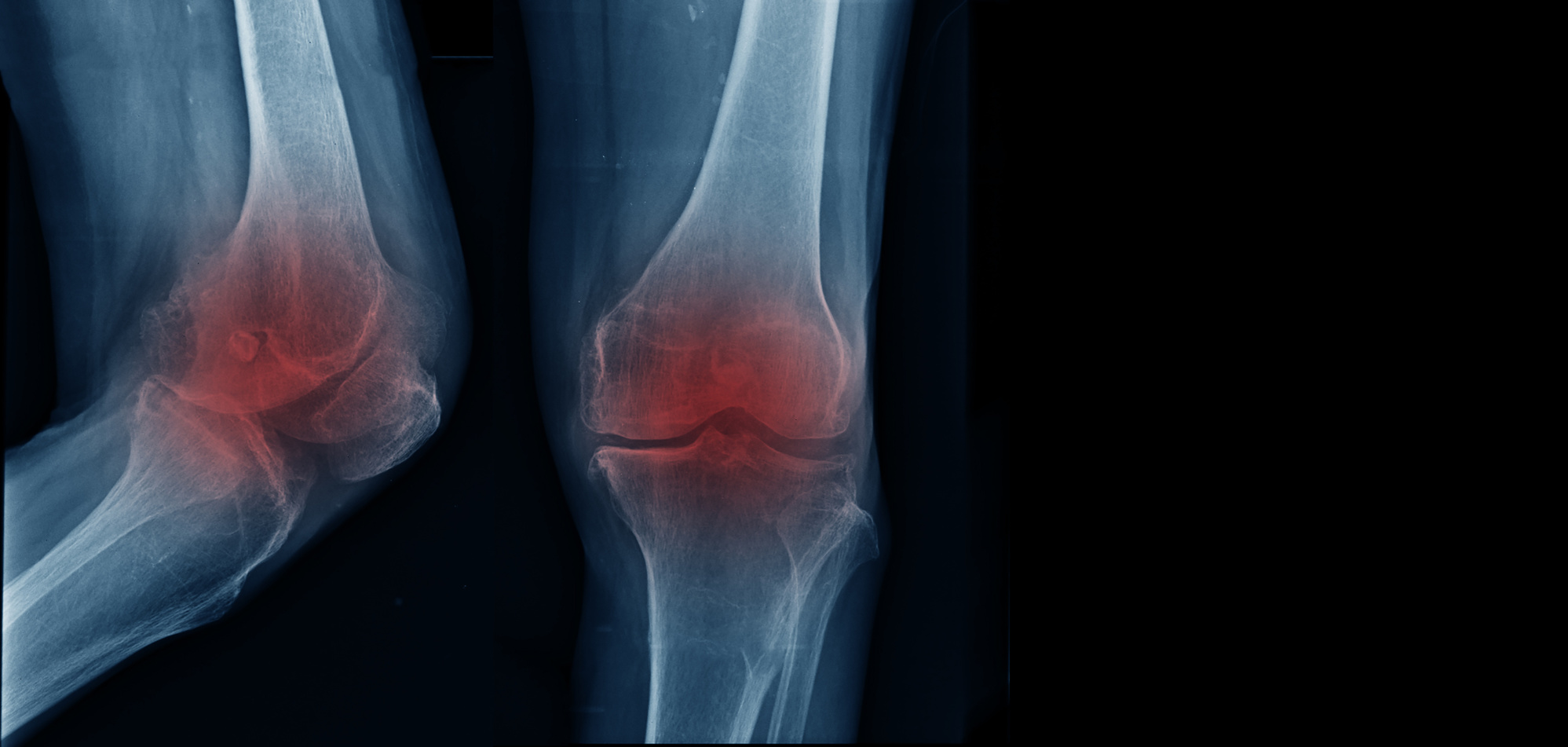


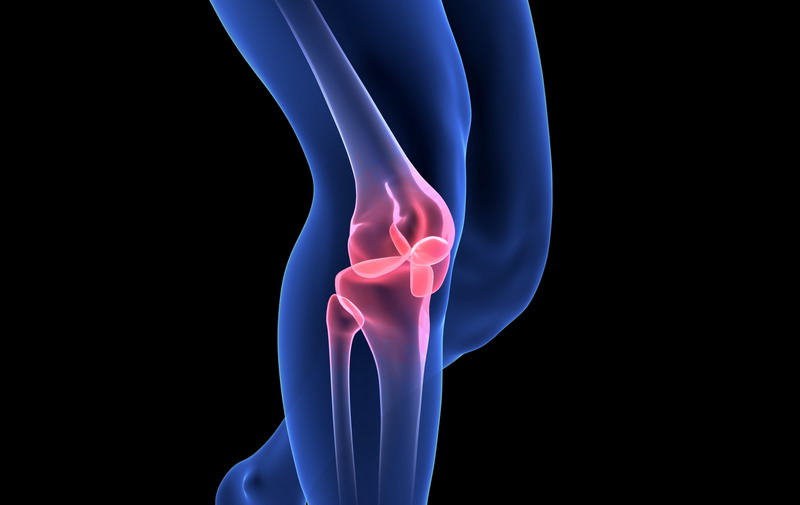
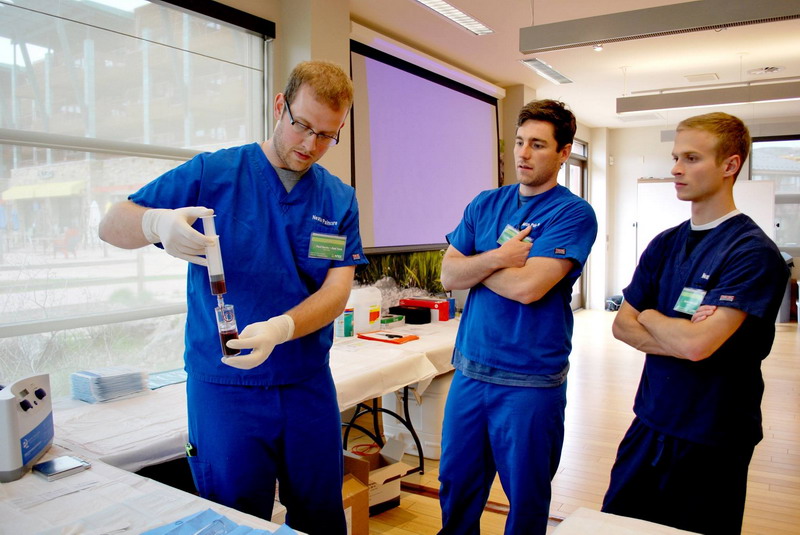
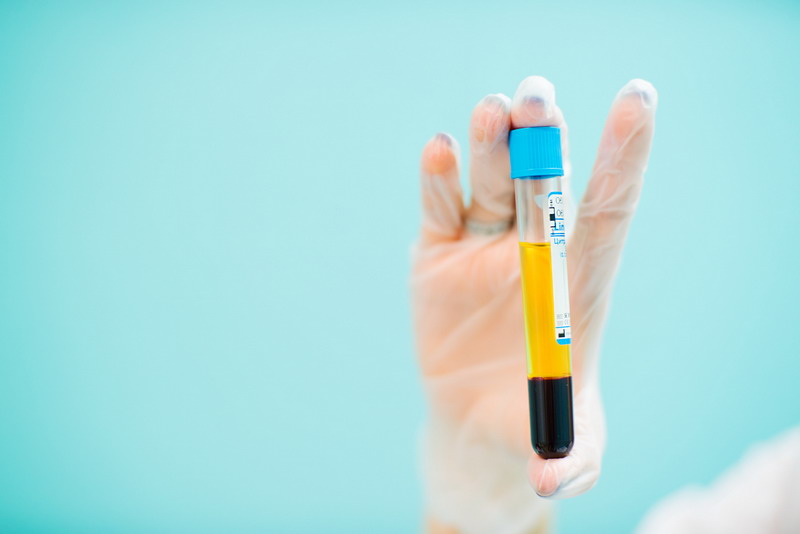

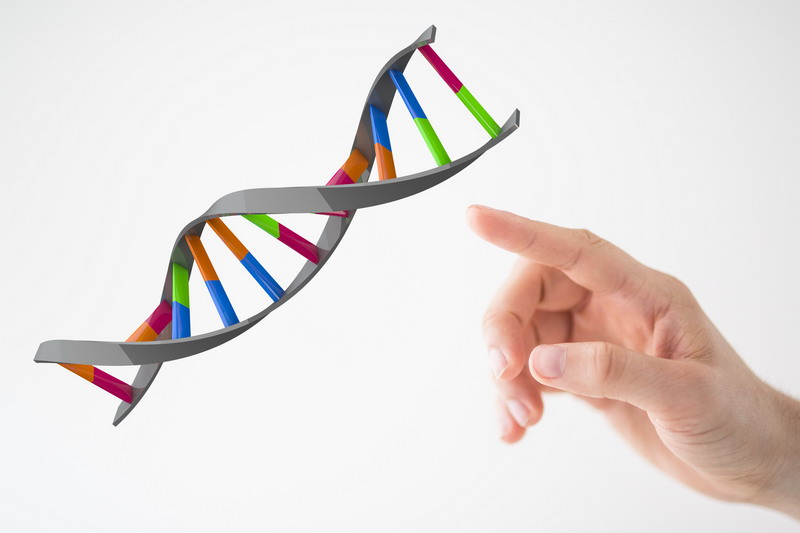
0 Comments